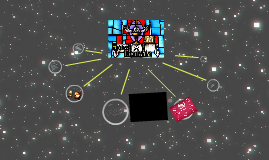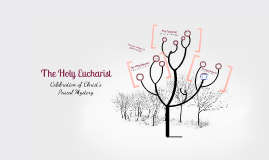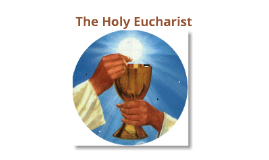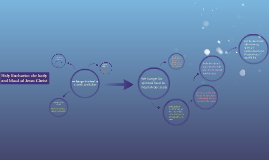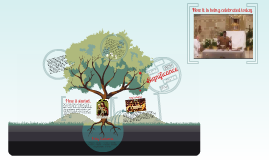Holy Eucharist
Transcript: Holy Eucharist is a coming together as disciples of Christ to receive bread and wine, just as Jesus and the apostles gathered at the Last Supper. It's a symbolic reminder of God's love and the fact that God sent Jesus to show us how we should live on this earth. Eucharist also reminds us that Christ was persecuted and killed for living according to God's Will, and yet he survived death to be followed to this day. One of the most important things taken from learning about history of the Eucharist is that there was no one, uniform, original way of celebrating the Mass. There were as many ways of celebrating the Eucharist as there were Christian communities. It was only gradually that the ceremonies became more fixed and uniform. Around the fourth century these various rituals and customs began to coalesce into local traditions around the major cities; these traditions developed into what we now call liturgical rites. For example, from Alexandria in Egypt we have the Coptic Rite; from Antioch, the Syrian Rite; from Constantinople, the Byzantine Rite, and from Rome, the Roman Rite (the liturgical rite we have been discussing in this series). Holy Eucharist is a coming together as disciples of Christ to receive bread and wine, just as Jesus and the apostles gathered at the Last Supper. It's a symbolic reminder of God's love and the fact that God sent Jesus to show us how we should live on this earth. Eucharist also reminds us that Christ was persecuted and killed for living according to God's Will, and yet he survived death to be followed to this day. The Eucharistic celebration also reminds us of the last hours of Christ's life on earth: There is a washing of hands reminiscent of Pilate's ridding himself of responsibility in the death of Christ. The bread is lifted up as was Christ's body lifted onto the cross. The bread is broken as was his body, and the wine poured out as was his blood. Holy Eucharist The Eucharist was “incarnated” or “in-fleshed” into these various cultural settings. The language spoken by the people who lived in a place became the liturgical language used in the Eucharist: Coptic, Syrian, Greek and Latin. The clothing, gestures, food, vessels, music, etc., of the region were incorporated into the liturgy. These are the human or cultural aspects of the eucharistic celebration. How it is being celebrated today The Eucharist, also called Holy Communion, the Sacrament of the Altar, the Blessed Sacrament, the Lord's Supper, and other names, is a Christian sacrament or ordinance. It is reenacted in accordance with Jesus' instruction at the Last Supper as recorded in several books of the New Testament, that his followers do in remembrance of Him as when he gave his disciples bread, saying, "This is my body", and gave them wine, saying: "This is my blood." But it was none of these things that upset St. Paul when he wrote to the Corinthians. He was not concerned about the vestments they wore, the language they used or the type of cups or bread employed for the Eucharist. He was concerned about the “divine element”—the way in which the Eucharist embodies the divine mystery. Greek noun (eucharistia), meaning "thanksgiving" For I received from the Lord what I also delivered to you, that the Lord Jesus on the night when he was betrayed took bread, and when he had given thanks, he broke it, and said, "This is my body which is for you. Do this in remembrance of me." (1 Corinthians 11:23-24) Holy Eucharist Filamor, Kiana Chua, Phoelix Rosales, Bianca Omana, Katrina Segismundo, Marvie How it started. The Eucharist basically began at the last supper when Jesus was about to die. Significance






